Welcome to Gnomesville
This Australian town has more gnomes than people.
Listen and subscribe on Apple Podcasts, Spotify, and all major podcast apps.
Dylan Thuras: In a scenic corner of Australia, you’ll find a town that’s just like any other small town really. There are local sports teams, an ambulance service, a postal system, and notable eccentric residents who are known for their colorful habits and attire. There’s even a jail for when things get out of hand. But the residents of this town are a little different from the residents of most towns. These residents, well, they’re all garden gnomes.
Kim Wesley: It truly is a very weird place, Gnomesville. It totally is something different to everybody. Whimsical, wacky, strange, creepy even. Creepy to some. I’m not sure I’d like to be down there at night. Gnomes will be doing their own thing. Who knows?
I’m Dylan Thuras, and this is Atlas Obscura, a celebration of the world’s strange, incredible, and wondrous places. And today, we’re taking you to a metropolis where gnomes rule.
This is an edited transcript of the Atlas Obscura Podcast: a celebration of the world’s strange, incredible, and wondrous places. Find the show on Apple Podcasts, Spotify, and all major podcast apps.

Dylan: Driving around the Ferguson Valley of Western Australia, you will pass miles and miles of lush, rolling green hills. They are dotted with cows and trees and bales of hay. It’s very pastoral and scenic. That is, until you come to a traffic circle or roundabout. And as you pass one small stretch of that roundabout, you’ll catch a glimpse of something unusual nestled among the trees. A smattering of figurines wearing little blue jackets and pointy red hats. Congratulations, you’ve reached the city limits of Gnomesville.
Kim: It has to be seen to be believed. Even a photo can’t even express the amount of gnomes that are there.
Dylan: This is Kim Wesley. She owns a bed and breakfast called the Peppermint Lane Lodge, just about two miles down the road from Gnomesville. And once you step out of your car and start walking into the forest, Kim says you will see gnomes everywhere you look.
Kim Wesley: Even flying with the drone, we still can’t get the entirety of it up the banks and in the trees and down the little creek and in the fence. And, you know, it’s just everywhere. It’s amazing.
Dylan: Gnomes holding garden equipment. Gnomes gathered around the banks of a small creek that runs through the woods. Gnomes cheekily pulling down their pants and showing their gnome bottoms. Gnomes covering their eyes. Gnomes in the driver’s seats of little cars. Gnomes clustered so densely you can’t even walk through them. Thousands and thousands of gnomes. There are a few accommodations for humans in Gnomesville. There are some cleared paths, some picnic tables, a wishing well. But overall, the infrastructure is sparse. It’s pretty clear: The gnomes are in charge. And among these clusters of gnomes, you start to notice some variations. Some are grouped into little gnome communities. In one area, you’ve got classical gnomes dressed in little gnome togas.
Kim: There’s things like the Parthegnome. There’s all these funny takes on the name gnomes.
Dylan: You’ve got burly, tough sports gnomes.
Kim: Like a soccer pitch, and they’ll build the club rooms and stuff, and they’ve got all the players.
Dylan: You’ve got the emergency services gnomes.
Kim: They do funny little triages of medical stuff with a little stretcher and everything.
Dylan: Even little astronaut gnomes. How does their pointy hat fit in their helmet?
Kim: There’s space rockets down there. Every day, something new goes in there.
Dylan: Kim estimates that Gnomesville’s population is around 10,000. And like many thriving communities, Gnomesville’s population is just going up.
Kim: It just grows every day. It would just grow, I would think, probably by about 10-plus gnomes a day. Ten gnomes a day.
Dylan: Visitors come from all over. They come to visit the gnomes and leave a gnome of their own behind. Some even build elaborate dioramas, like the ones that Kim described. But the thing is, Gnomesville, it’s not an art installation. And it’s definitely not any one person’s collection. No one in town ever said, hey, let’s put 10,000 gnomes around our roundabout and turn it into a tourist attraction. So the question about how all of this got started, about how Gnomesville came to be, well, that is a mystery. Here is what we know. In the 1990s, the local government installed a huge traffic circle in the middle of the sleepy rural town of Wellington Mill.
Kim: So it was kind of a bit of a laugh, this roundabout, because it was like the Arc de Triomphe in the middle of nowhere. It was this massive roundabout.
Dylan: Shortly after the roundabout was installed, a gnome, very possibly the first gnome, appeared right in the middle of it. No one knows why someone put the gnome there. Maybe it was to make fun of the rotary or to give it some secret gnomic blessing. So fine, one gnome, nothing to write gnome about. But soon, another gnome appeared.
Kim: And then another gnome, and another gnome, and another gnome. And then it became more of a traffic hazard in the roundabout. And then one day, there was actually, someone had gone there—I think it was the man over the road—I think he created this cricket game, which is just of gnomes.
Dylan: Whoever was running this illicit gnome cricket game was nothing if not dedicated. Because every morning, people would wake up, look out, and the scoreboard had changed. Suddenly, Gnomesville became a local attraction. But after about five years or so, it really caught on. It got out of hand. People from all over started visiting and leaving more and more gnomes. And Gnomesville just got bigger and bigger.
Kim: And it’s just grown, and grown, and grown, and grown.
Dylan: It got so big that Gnomesville had to be relocated from the center of the roundabout to the edges of it to keep the roads clear. Kim estimates now that during the busiest times of the year, like school holidays, almost 1,000 people visit every day. No one has ever come forward to claim credit for placing that original gnome or the ones that came immediately after. Though locals do have their own theories. Maybe the creator of Gnomesville is the woman who takes it upon herself to reply to every child who writes a letter addressed to Gnomesville and writes them all from the persona of King Rex, the king of the gnomes. Kim has another theory on who helped Gnomesville take off.
Kim: There was a man that used to look after Gnomesville. His name was Kevin. He used to go down there in a singlet and shorts. He was very much known for his singlet shorts and thongs. He always wore thongs, even though he’s a farmer. And now down there, there’s actually a sort of like a statue with a big thong on it. That’s actually in remembrance of Kevin.
Dylan: It was the farmer in the thong.
Kim: Yeah. Yeah, a thong is like a rubber platform with just two things that go between your toes. It probably was a sandal. Yeah, that you would call a sandal.
Dylan: Of course, as Gnomesville has gotten bigger and bigger, it’s also had some growing pains that the humans have had to address. A major one is when visitors stomp through the neighboring properties or just leave random gnomes there. One local woman got so fed up that she collected all the gnomes left on her property, dumped them into a little fenced-in area, and put up a sign declaring Gnome Detention Center. To appease neighbors, the town of Wellington Mill has now built a fence around Gnomesville proper, which they refer to as the Gnome City Limits. They’ve also added more ramps and paths to make it more accessible. And there are other ways that Gnomesville’s human neighbors have intervened to keep Gnomesville running smoothly, like cracking down when visitors don’t respect the theme.
Kim: People would also put in like a rubbish gnome, like Bart Simpson would appear. A lot of that just got cleaned out, you know, fixed up and taken away, because there was a lot of junk that was being just plopped there that kind of just didn’t really relate to Gnomesville, really. So, yeah, so now it’s very gnome-centric.
Dylan: Sure, Gnomesville’s just 10,000 gnome figurines on the side of the road. But let’s show a little respect, please. If you ask Kim why she thinks Gnomesville has gotten so big, well, she credits the tourists and not anything special about the town of Wellington Mill. Maybe it’s just something about the gnomes.
Kim: I don’t think the community is responsible at all for any of its growth, other than that very first gnome and that first probably, you know, 50 gnomes maybe. I just can’t imagine why it’s just one of those funny things. As for Kim’s own property, the bed and breakfast she runs, she does get a lot of tourists on their way to see Gnomesville. But at Peppermint Lane Lodge, there’s one type of visitor you won’t find much of at all.
Kim: We have one gnome here at our property, but one couple left here, and it’s only a tiny little one and it’s still here. But that’s about the only one. We’re a gnome-free zone. And I think most people around this area are gnome-free.
Dylan: Gnomesville is open to the public and totally free of charge. You can bring a gnome of your own to leave behind, or you can buy one at the Wellington Mill Visitor Centre down the road, along with plenty of other gnome-related souvenirs. And a special thanks to Kim Wesley for telling us the story of Gnomesville, and to Brigitte Milligan of the Ferguson Valley Visitor Centre for connecting us to her.
Listen and subscribe on Apple Podcasts, Spotify, and all major podcast apps.
Our podcast is a co-production of Atlas Obscura and Witness Docs. This episode was produced by Amanda McGowan. The production team includes: Doug Baldinger, Chris Naka, Kameel Stanley, Willis Ryder Arnold, Sarah Wyman, Manolo Morales, Beaudelaire Ceus, Sarah Kaplan, Gianna Palmer, Tracy Samuelson, John DeLore, Peter Clowney. Our technical director is Casey Holford. This episode was mixed by Luz Fleming.
If you want to learn more, be sure to visit AtlasObscura.com. There is a link in the episode description. And our theme and end credit music is by Sam Tindall.
I’m Dylan Thuras, wishing you all the wonder in the world. I will see you next time.
This story originally ran in 2022; it has been updated for 2025.



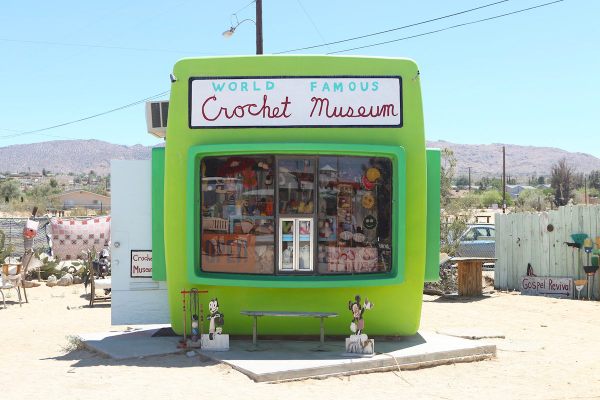

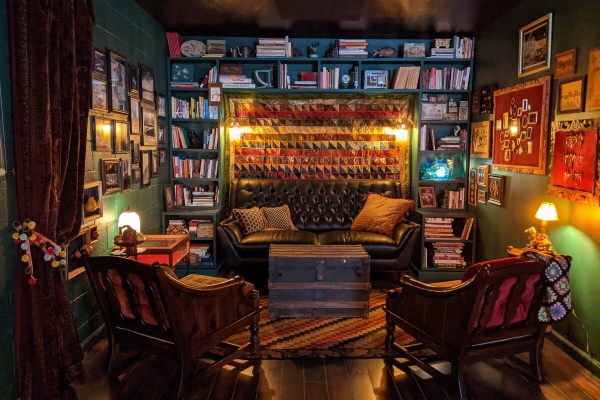
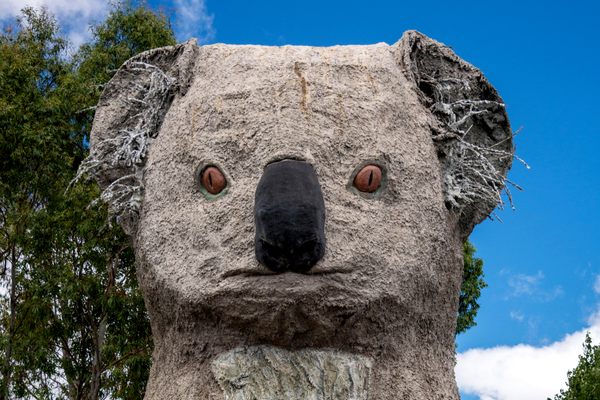

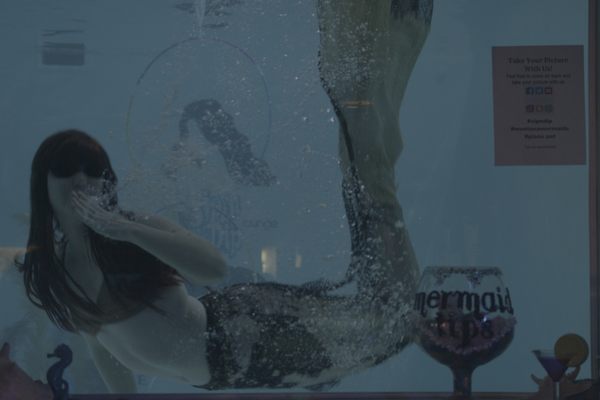


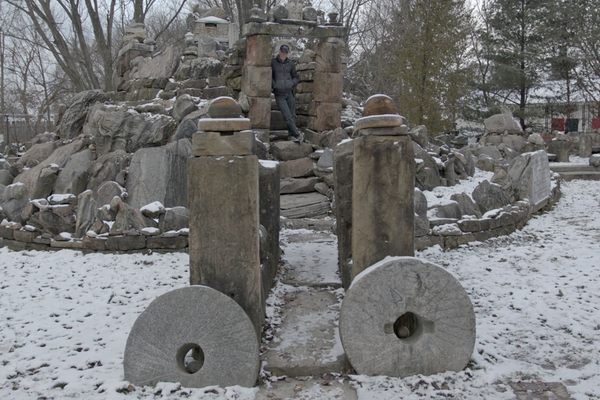

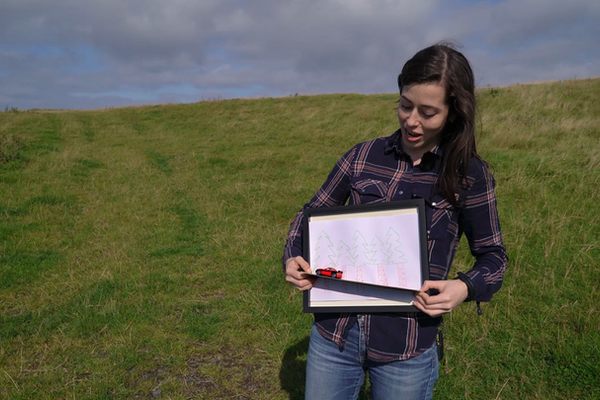


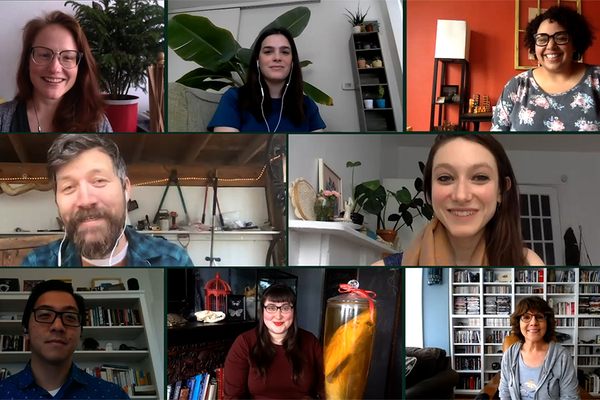

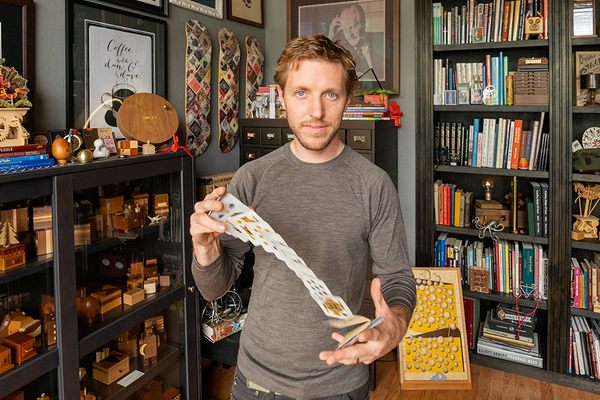





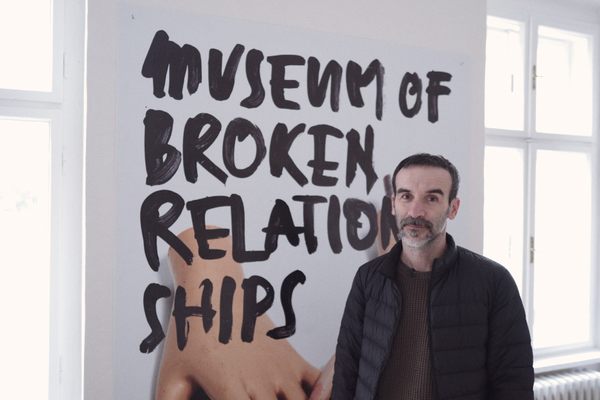


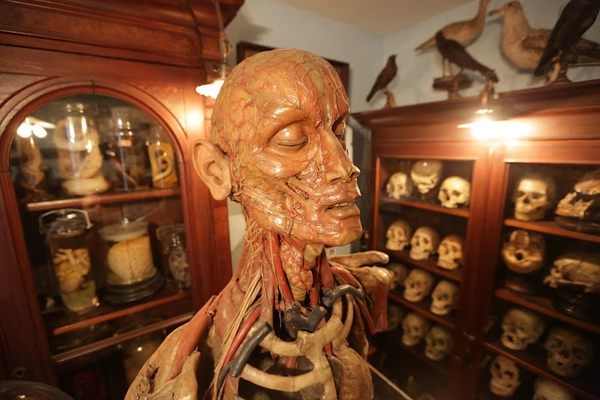


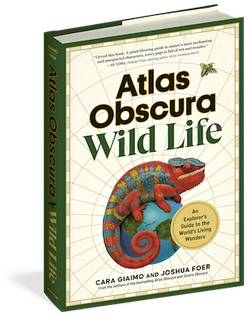

Follow us on Twitter to get the latest on the world's hidden wonders.
Like us on Facebook to get the latest on the world's hidden wonders.
Follow us on Twitter Like us on Facebook